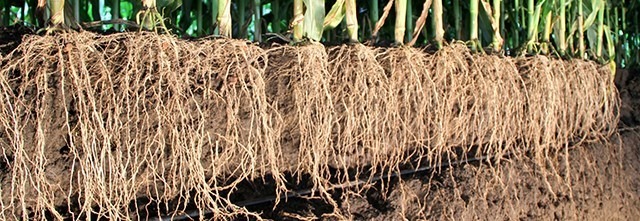
One focus of Regenerative Agriculture is to encourage high levels of diverse groups of beneficial rhizobacteria. These beneficial Plant Growth Promoting Rhizobacteria (PGPR) are essential in maintaining soil balance as they fix nitrogen, reduce heavy metals and produce phytohormones among many other accomplishments! Synthetic pesticides and fungicides can reduce microbial populations which are costly and time consuming to rebuild.
Regenerative Agriculture requires us to put more thought into the tools in our agricultural toolboxes. What are the some the considerations that could be made before selecting a product to have on hand for Farm and Garden use?
- Toxicity- Is the the product harmful to myself, my family, my pets, my livestock or my soil microbes?
- Is the product produced in an environmentally conscious manner?
- Is the product multi-purpose?
- Cost. Why doesn’t anyone EVER consider this? It is CRITICAL!
TM Chitosan is Suitable for Regenerative Agriculture
- Chitosan is non-toxic. Chitosan is safe for humans, livestock and pets. Chitosan is actually sold as a human health supplement and used as an ingredient in cattle and chicken feed, so you do not have to worry!
- How is chitosan produced? Many people assume that because chitosan is not organic, that it cannot be used in Regenerative Agriculture. Chitosan is produced from seafood industry shell waste that is diverted from specialized landfills. These specialized landfills contribute to global warming because they produce and release lots of methane into the atmosphere. By diverting the shells into a factory to extract the chitosan, methane emissions are avoided and a natural, safe, effective and multipurpose agricultural resource is created. Creating an agricultural product out of a waste stream that would otherwise create methane is the very definition of Regenerative Agriculture.
- Chitosan is multi-purpose. Chitosan relieves abiotic stress, reduces transpiration, and works synergistically with beneficial bacteria and mycorrhizae. Chitosan application improves quality, nutritional levels and post-harvest shelf life of fruits, vegetables and cut flowers while creating an environment that proves inhospitable to pest, pathogen and fungal infections.
- Chitosan is really inexpensive. Chitosan application can be as little as 1 pint of diluted liquid per acre, totaling approximately .50 per acre.
